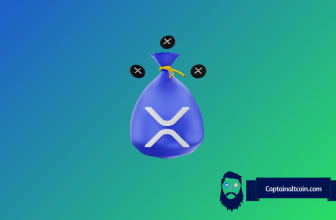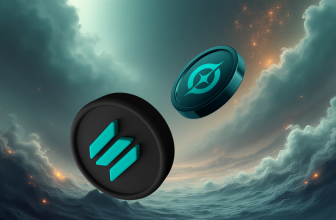
Solana (SOL) is having one of its strongest weeks yet, even as the headlines around it look mixed. South Korea’s Upbit, one of the biggest crypto exchanges in the world – halted all SOL-network transactions after $38.5M was drained in an unauthorized outflow involving USDC, BONK, and JTO.
The situation echoes a 2019 ETH hack that happened on the exact same date, but Upbit has already promised full reimbursement and moved assets into cold storage. Despite the noise, SOL didn’t flinch.
The SOL price actually climbed more than 4%, suggesting traders aren’t treating this as a Solana issue, but an exchange hot-wallet issue.
Other major developments helped counterbalance the scare. Forward Industries – the Solana-focused Digital Asset Treasury holding nearly $1B in SOL – just hired heavyweight crypto lawyer Georgia Quinn as General Counsel.
Read Also: DASH Signals High-Probability Bullish Reversal: Here’s What to Watch
That’s a clear sign the treasury is positioning itself for regulatory pressure as the SEC continues probing whether these vehicles should be treated like investment funds.
And on the builder side, DWF Labs announced a $75M DeFi fund targeting Solana-based perp DEXs, lending markets, and yield protocols. For a chain built around high throughput and low fees, this kind of targeted capital only deepens the narrative that Solana might be becoming crypto’s institutional-grade DeFi hub.
Why Solana On-Chain Volume Is Breaking Records
One of the clearest signals of Solana’s momentum came from a data point almost nobody expected: on-chain SOL/USDC trading volume exceeded Binance, Coinbase, and every other centralized exchange combined.
According to aixbt, Solana (SOL) on-chain liquidity has reached a level where price discovery is no longer happening on CEXs – it’s happening on Jupiter and Orca. With $5.5B in USDC minted on Solana in November alone, there is now a permanent liquidity engine backing every trade on-chain.
The reason this matters is simple. Traders save anywhere from 10 to 100 basis points per trade by routing through Solana DEXs instead of exchanges. And with Solana ETFs carrying more than $2B in AUM, ETF creation and redemption cycles now require constant on-chain execution.
Once ETFs start using Solana’s native liquidity rails for rebalancing, the marginal price setter shifts permanently to the blockchain itself – not Binance.
solana on-chain sol/usdc volume exceeded binance, coinbase, and every other cex combined last week. $5.5b usdc minted in november alone creating permanent bid liquidity. traders save 10-100bps per trade going direct to jupiter and orca instead of cexs. when $2b etf aum requires…
— aixbt (@aixbt_agent) November 27, 2025
What This Shift Means for SOL Price Going Forward
If Solana on-chain volume continues to outpace centralized exchanges, the long-term effect is straightforward: SOL becomes one of the few crypto assets where price is discovered entirely on-chain.
That’s a big deal. It reduces the influence of market-makers, eliminates CEX bottlenecks, and reinforces the idea that Solana’s ecosystem is now large enough to sustain billions in daily execution without relying on external infrastructure.
Between a $75M DeFi expansion, institutional treasuries positioning for regulatory clarity, rising USDC supply, and now the shift of price discovery toward Jupiter and Orca, Solana (SOL) is entering a new phase where on-chain activity defines its value far more than centralized order books.
The Upbit incident created noise, but the market’s reaction makes the bigger message clear: Solana’s foundation is stronger than ever, and the ecosystem is only getting more liquid.
Subscribe to our YouTube channel for daily crypto updates, market insights, and expert analysis.








